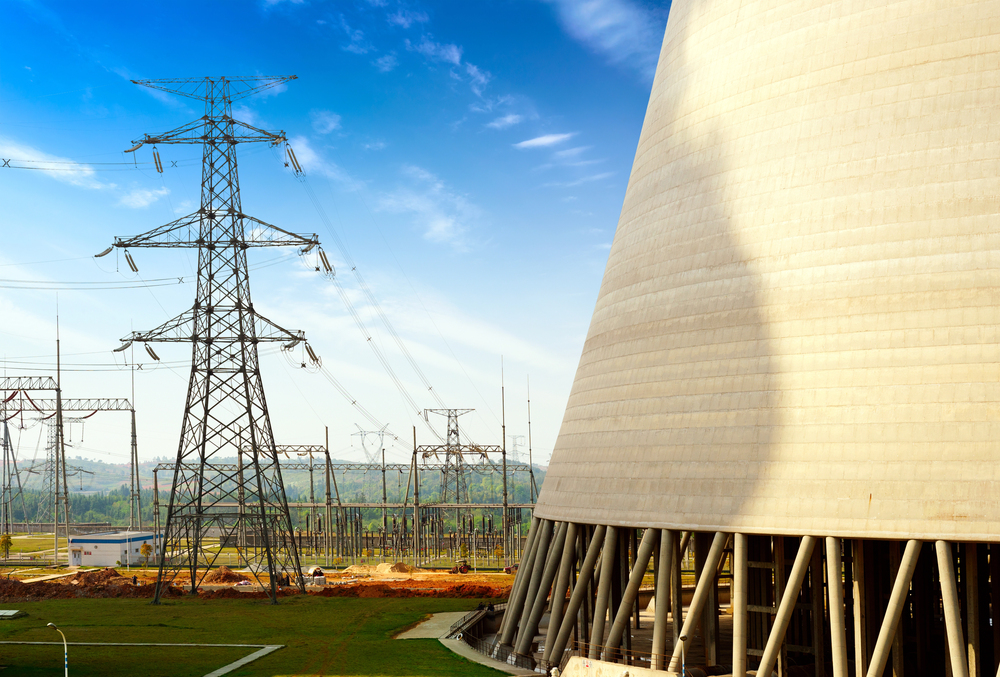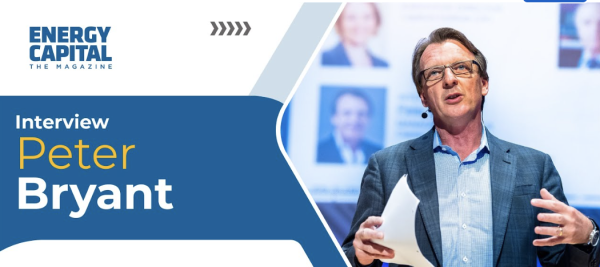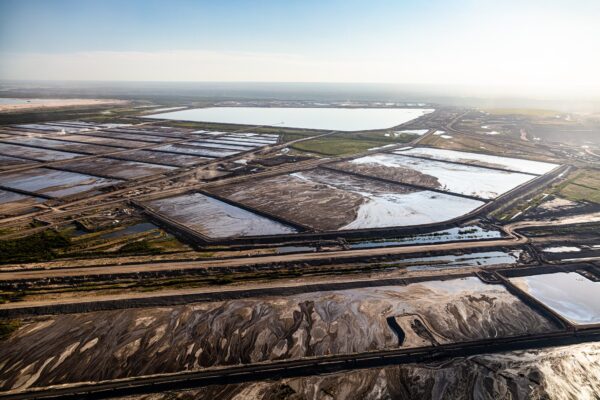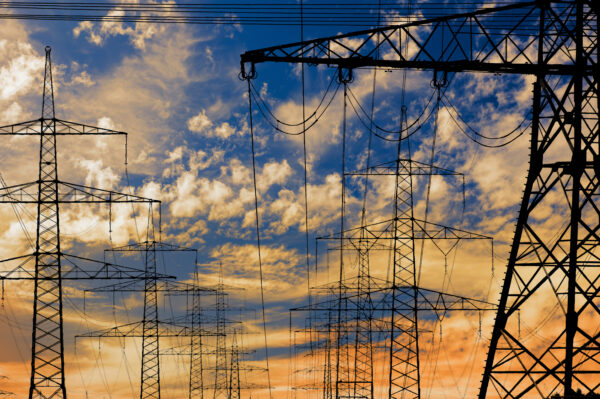At the Edison Electric Institute’s 2025 annual conference in New Orleans, Peter Bryant, Board Chair and Managing Director at Clareo, joined an expert panel on energy security alongside Scott Aaronson (Senior Vice President, Energy Security and Industry Operations, EEI), Chris Cummiskey (Executive Vice President and Chief Commercial Officer, Southern Company), and Tim Holt (Executive Board Member and Labor Director, Siemens Energy).
The discussion crystallized a critical reality: the energy industry is navigating a shift from a fossil-fuel-intensive energy system to one that is minerals-based, exposing new and unfamiliar risks to utility supply chains.
The Hidden Supply Chain Shift
As utilities accelerate electrification and deploy new technologies, they’re unwittingly moving from a familiar fossil fuel-intensive energy system to one that is minerals-intensive, thanks to copper, nickel and cobalt’s more extensive role in new energy technologies. This fundamental shift exposes utilities to new vulnerabilities that many haven’t fully recognized or prepared for.
The numbers are stark: projected supplies of key minerals simply will not meet rapidly rising demand. Copper, nickel, cobalt, and rare earth elements – the building blocks of our electrified future – face an inevitable supply-demand mismatch that will reshape utility planning and investment strategies. We’ve spoken about this concept before: the minerals famine.
The Copper Crunch Reality
The panel highlighted copper as a particularly acute concern. With utilities already facing 3-4 year wait times for transformers due to manufacturing constraints, the implications of a sustained minerals famine become immediately tangible and will exasperate both delays and affordability. When critical infrastructure deployment is constrained by mineral availability rather than manufacturing capacity or regulatory timelines, the pace of the energy expansion is at risk.
Beyond Price Volatility: Strategic Market Shaping
This isn’t merely about commodity price spikes. Utilities must prepare for:
- State-directed market manipulation as nations recognize the strategic value of critical minerals
- Supply disruptions driven by geopolitical tensions rather than geological constraints
- Resource nationalism limiting access to key materials regardless of price
These dynamics will force utilities to fundamentally reassess how they secure their supply chains—moving beyond traditional procurement strategies toward more strategic, government-partnered approaches.
The Path Forward: Portfolio Risk Assessment
The panel emphasized that utilities can no longer treat mineral supply as a downstream concern for their equipment suppliers. Instead, they must:
- Conduct comprehensive supply chain portfolio assessments that map mineral dependencies across all electrification investments, from grid infrastructure to renewable energy systems.
- Develop strategic partnerships with the U.S. government and domestic suppliers to build more resilient and friend shored supply chains that reduce exposure to market manipulation.
- Integrate mineral availability constraints into long-term planning scenarios, recognizing that this may be limited by geology and geopolitics rather than technology readiness.
The Strategic Imperative
The conversation at EEI 2025 made clear that utilities face a choice: proactively address mineral supply chain risks now or find themselves constrained by them later. In a world where equipment wait times already stretch years, the cost of inaction continues to compound – both in terms of wait times and affordability. If the use advantage is in a relative energy cost advantage over other countries then this will be further at risk in a world constrained by a minerals famine.
For utilities serious about delivering on electrification commitments, understanding and mitigating mineral supply chain risks isn’t just prudent planning—it’s an existential strategy.
The future depends not just on what we build, but on securing the materials to build it.





